Frederica Freyberg:
As you just heard, there is an urgent need for personal protective equipment. Health care workers and first responders need more masks, gloves and gowns to prevent exposure to COVID-19, especially if there is a surge in cases. While the search for more supplies is ongoing, Marisa Wojcik tells us what people are doing locally.
Bob Salov:
I don’t think we’ve seen the worst yet. Yes. I’m very busy. I’m very busy.
Marisa Wojcik:
Health workers on the front lines in Wisconsin are bracing themselves for impact from an expected surge of COVID-19 cases. Bob Salov is the director of Emergency Medical Services in Cambridge.
Bob Salov:
They’re going to wear PPE – personal protection equipment: minimally gloves, probably a mask.
Kate Walton:
An N95 mask which is a mask designed to keep airborne particles out. There’s also usually a face shield.
Marisa Wojcik:
Kate Walton is an emergency room nurse at UW Hospital in Madison. Like many health care workers, is at higher risk of exposure to the virus.
Kate Walton:
Again, with those droplets from a cough or a sneeze, you don’t want those getting to your eyes. So we’re taking precautions to cover the face as well as to protect the airway.
Marisa Wojcik:
Additional layers of equipment are added when a patient is exhibiting the symptoms of COVID-19, but this equipment is in short supply for the anticipated needs.
Bob Salov:
It’s not sustainable.
Marisa Wojcik:
With all PPE on back order, alternative solutions come into play that are far less than ideal for health professionals, like reusing masks.
Bob Salov:
If we get close, we’ll start looking for alternatives. ‘Cause anything will be better than nothing. And if we have to use scarves or we have to take sheets and cut them up and make masks out of them, we’ll do that.
Marisa Wojcik:
Last week UW Health sent out a call for volunteers to sew masks, but have since pulled that back saying they started to work with manufacturers who can rapidly produce masks that meet the requirements necessary for the protection of our health care workers. A different urgent call from UW Health for a shortage of face shields was answered by Lennon Rodgers, director of the Grainger Engineering Design Innovation Lab.
Lennon Rodgers:
I asked my wife. She an anesthesiologist at UW. I was like, “Hey, I got this email” and kind of through that conversation, I realized it actually is a pretty significant issue.
Marisa Wojcik:
Rodgers ran out to the hardware store that night and created a face shield prototype at their makerspace. In less than two weeks, he’s connected with manufacturers and supply chains to work on mass production of face shields.
Lennon Rodgers:
We’ve had an intake form on our website for the last five days and we have hundreds of thousands– actually millions. People have been requesting millions of them.
Marisa Wojcik:
Many are pushing to convert manufacturing lines to start making personal protective equipment as the wait from the federal stockpile drags on. For those on the front lines, it’s about preventing more exposure to the deadly virus.
Bob Salov:
We’re protecting ourselves. We’re protecting our patients, protecting the community. If it comes as a tsunami, we’ll do our very best.
Marisa Wojcik:
For “Here & Now,” I’m Marisa Wojcik.
Search Episodes
News Stories from PBS Wisconsin

Donate to sign up. Activate and sign in to Passport. It's that easy to help PBS Wisconsin serve your community through media that educates, inspires, and entertains.
Make your membership gift today
Only for new users: Activate Passport using your code or email address
Already a member?
Look up my account
Need some help? Go to FAQ or visit PBS Passport Help
Need help accessing PBS Wisconsin anywhere?

Online Access | Platform & Device Access | Cable or Satellite Access | Over-The-Air Access
Visit Access Guide
Need help accessing PBS Wisconsin anywhere?

Visit Our
Live TV Access Guide
Online AccessPlatform & Device Access
Cable or Satellite Access
Over-The-Air Access
Visit Access Guide
 Passport
Passport

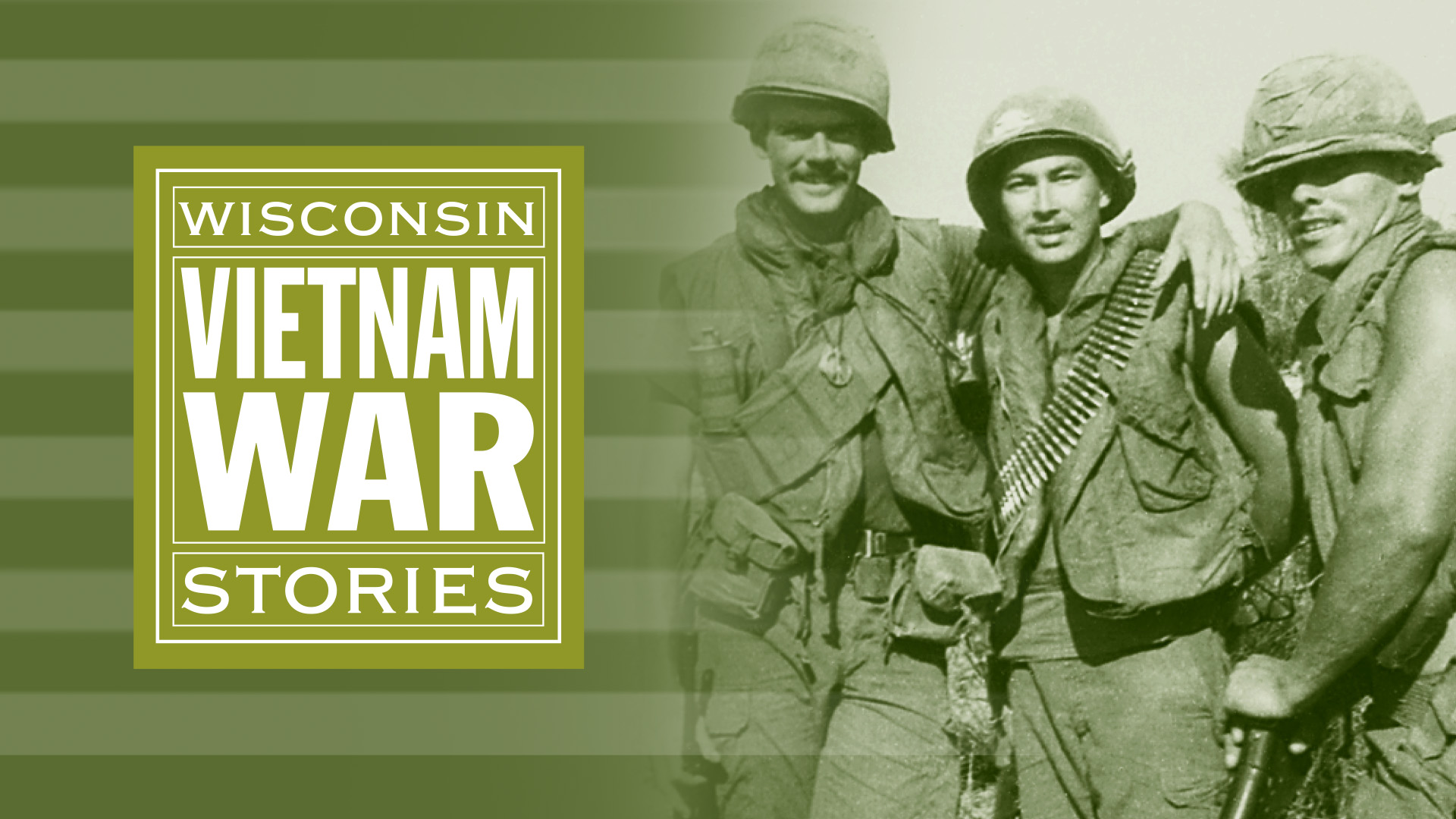
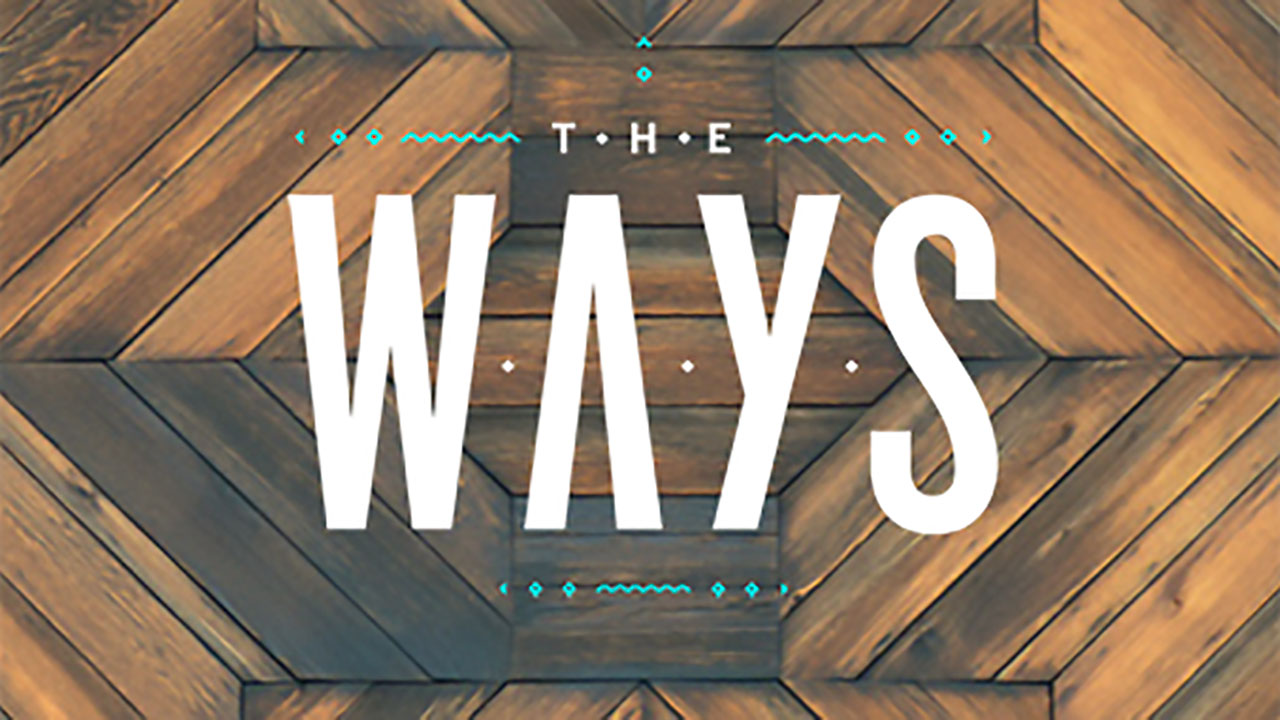


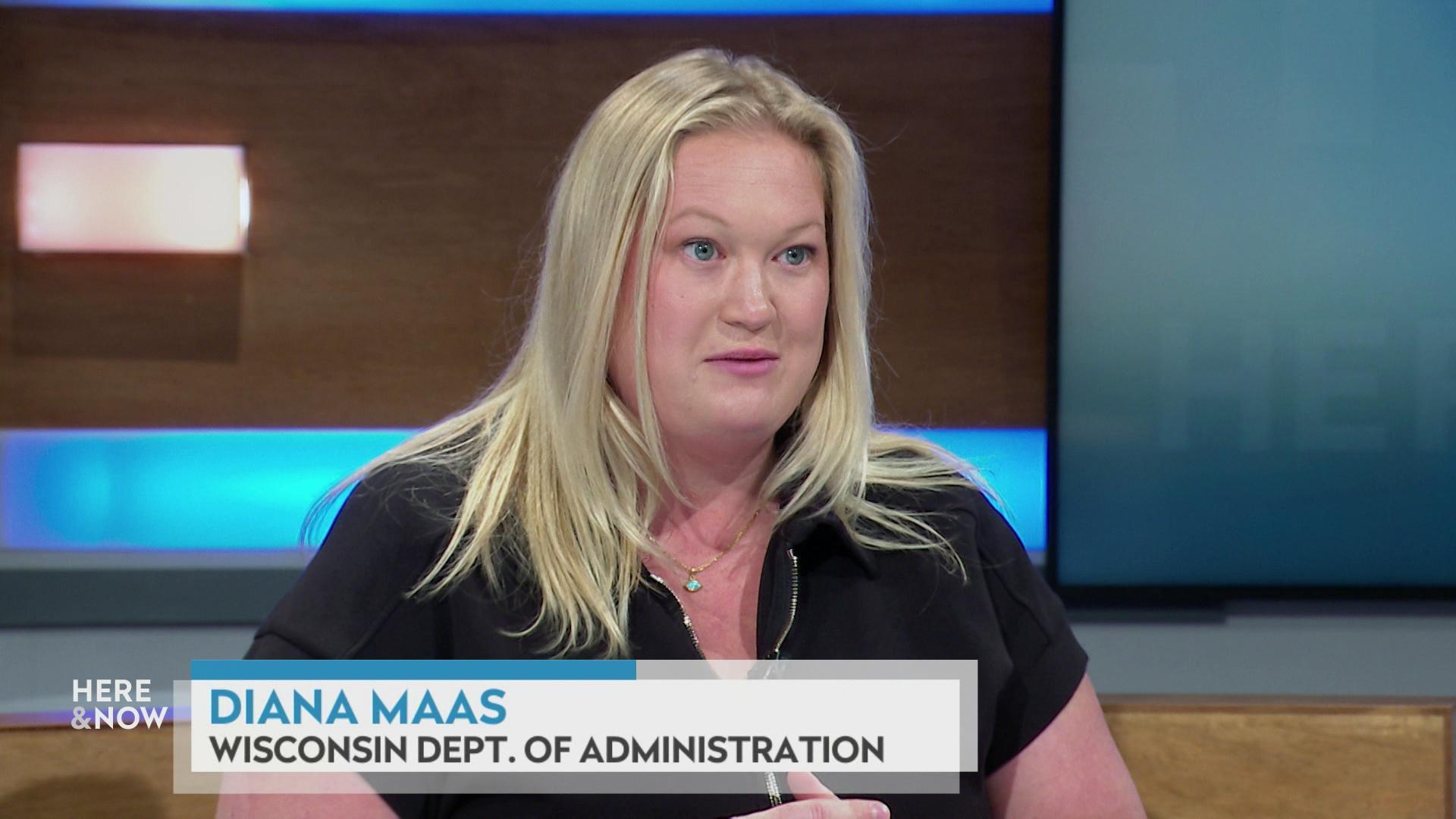
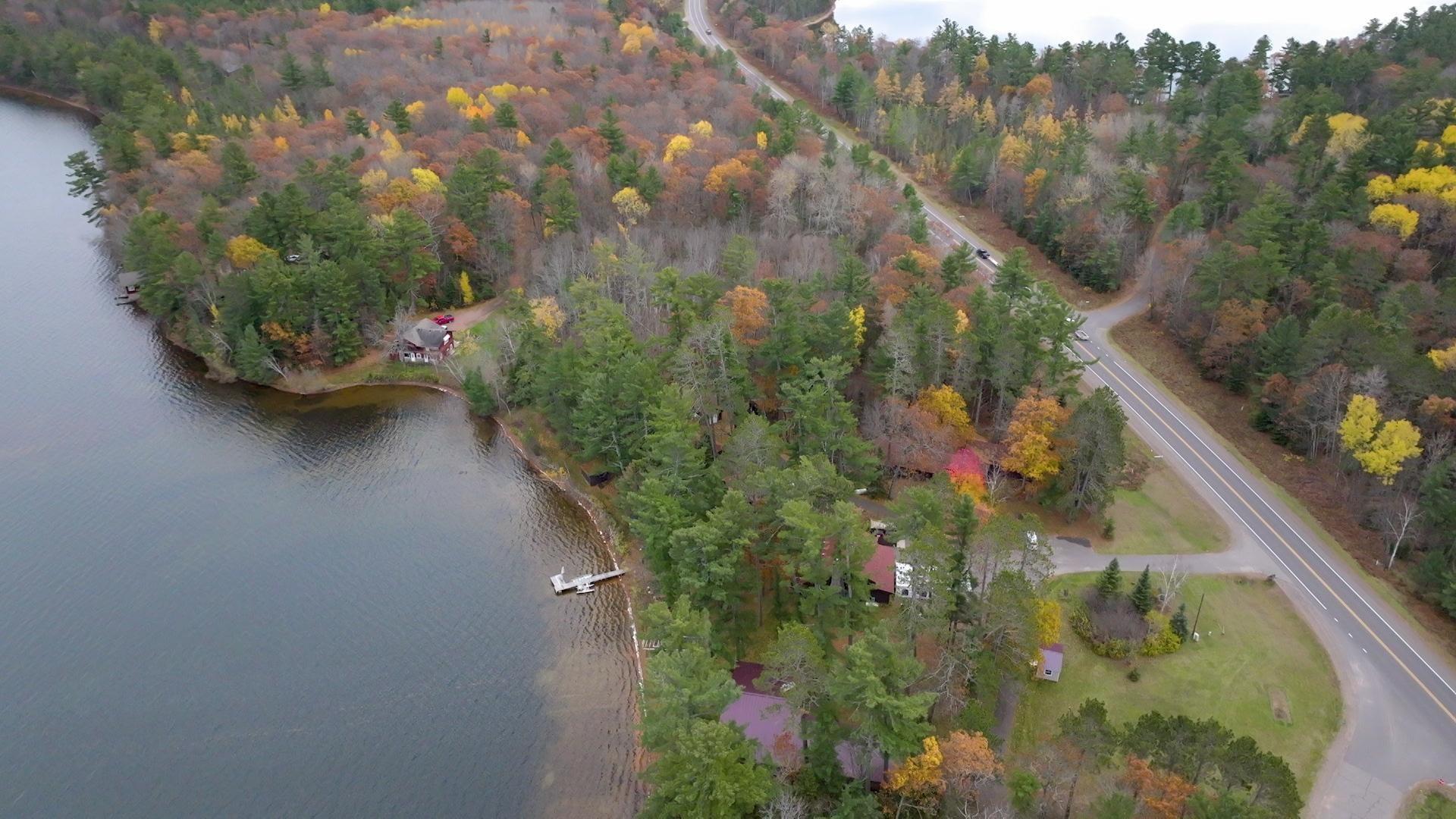
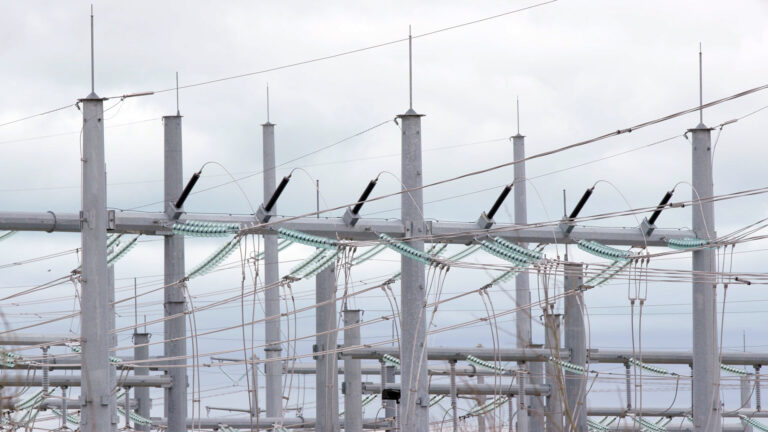
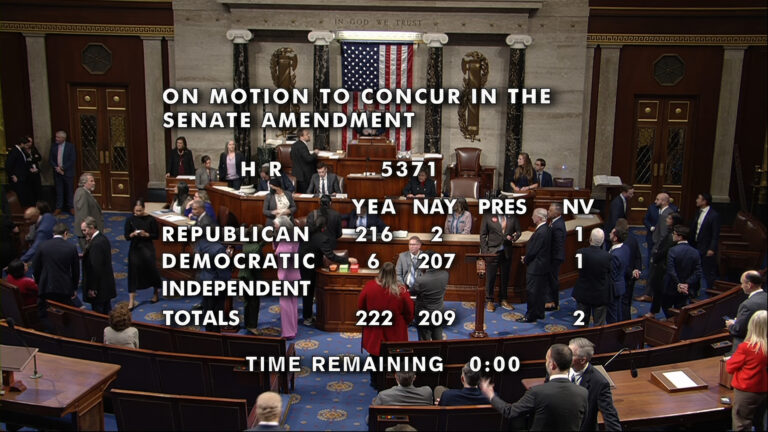
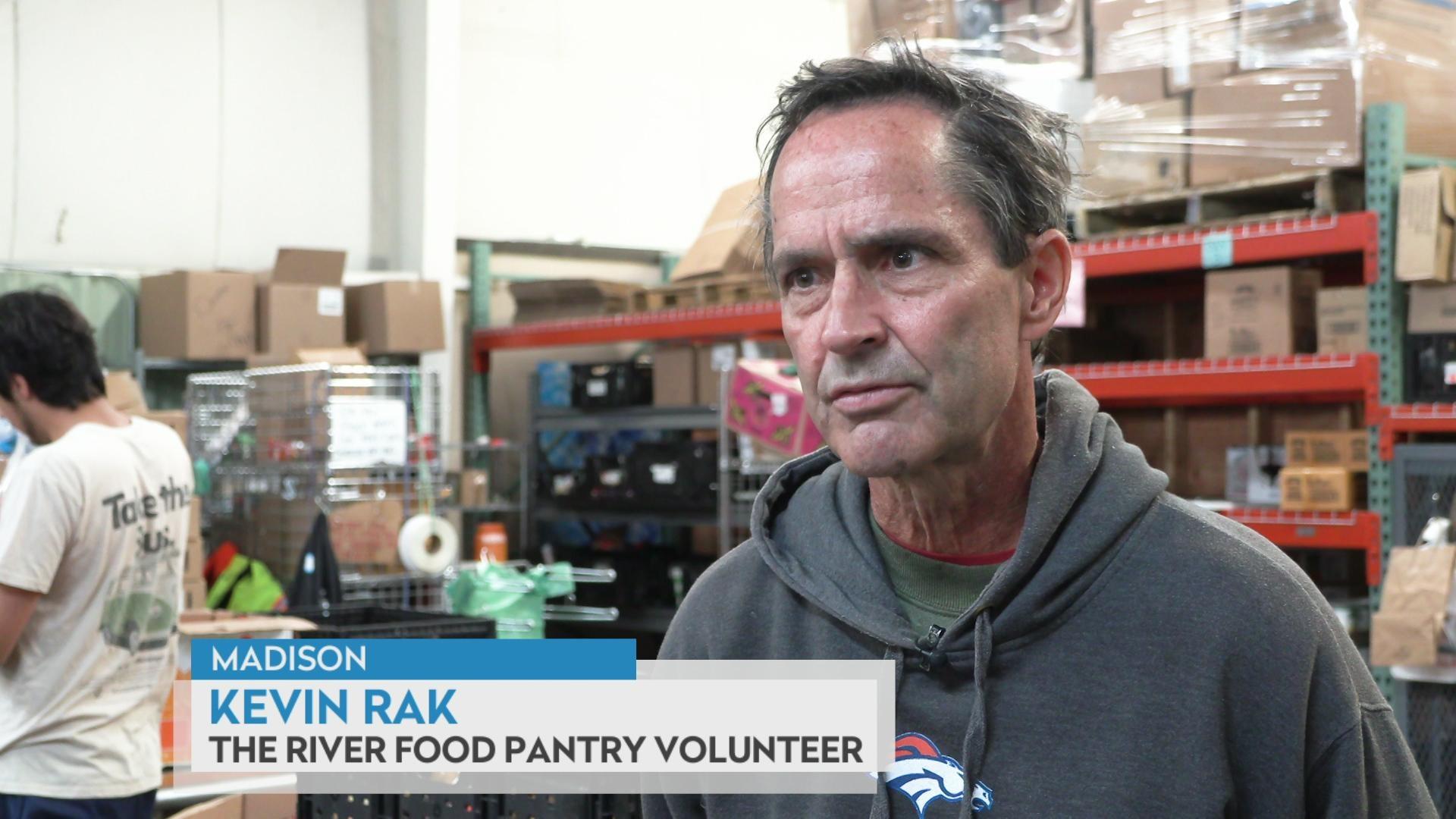
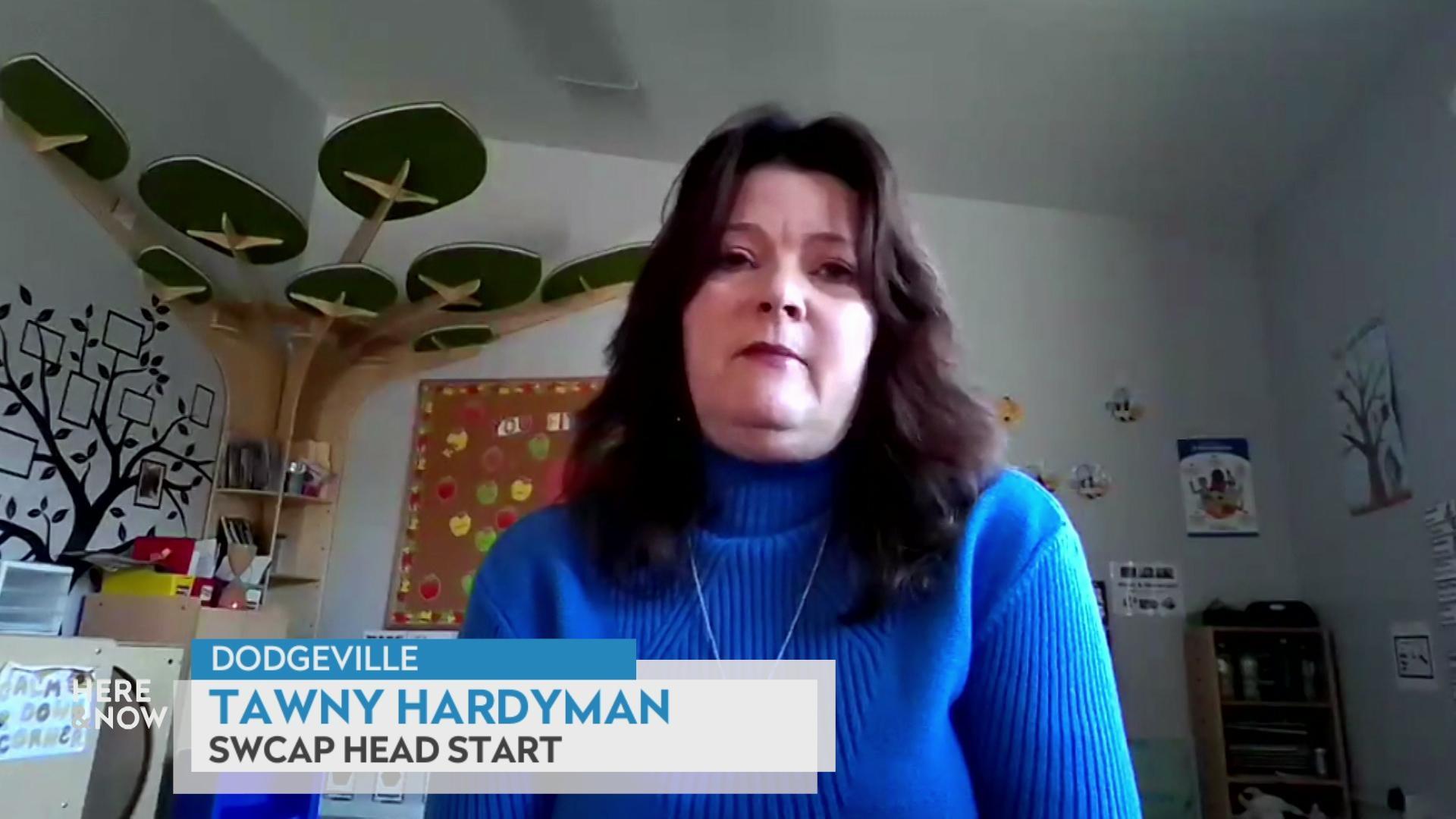
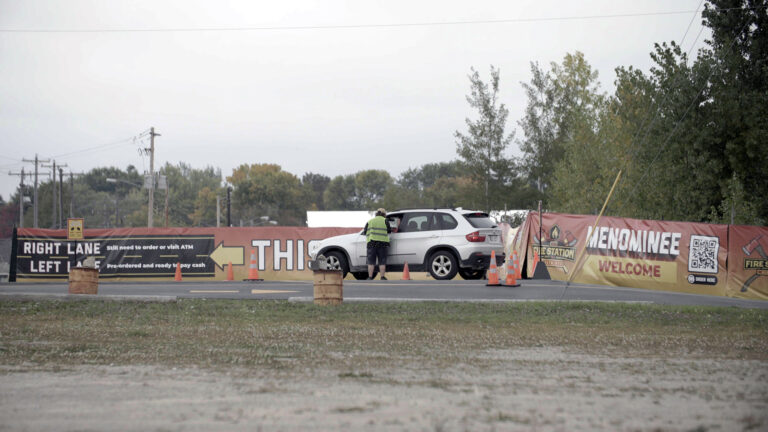
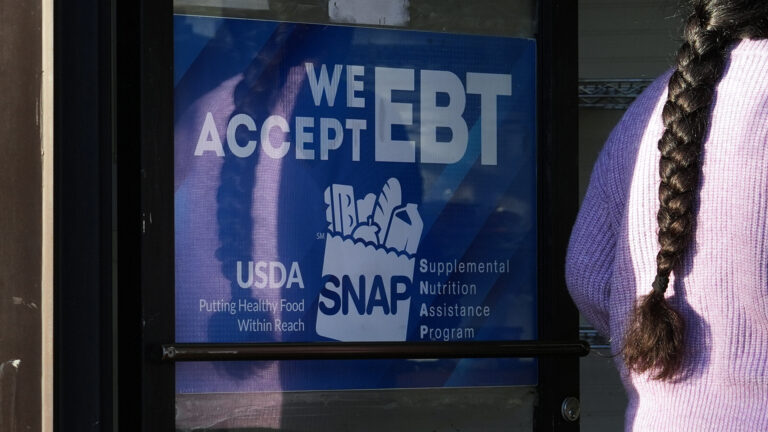
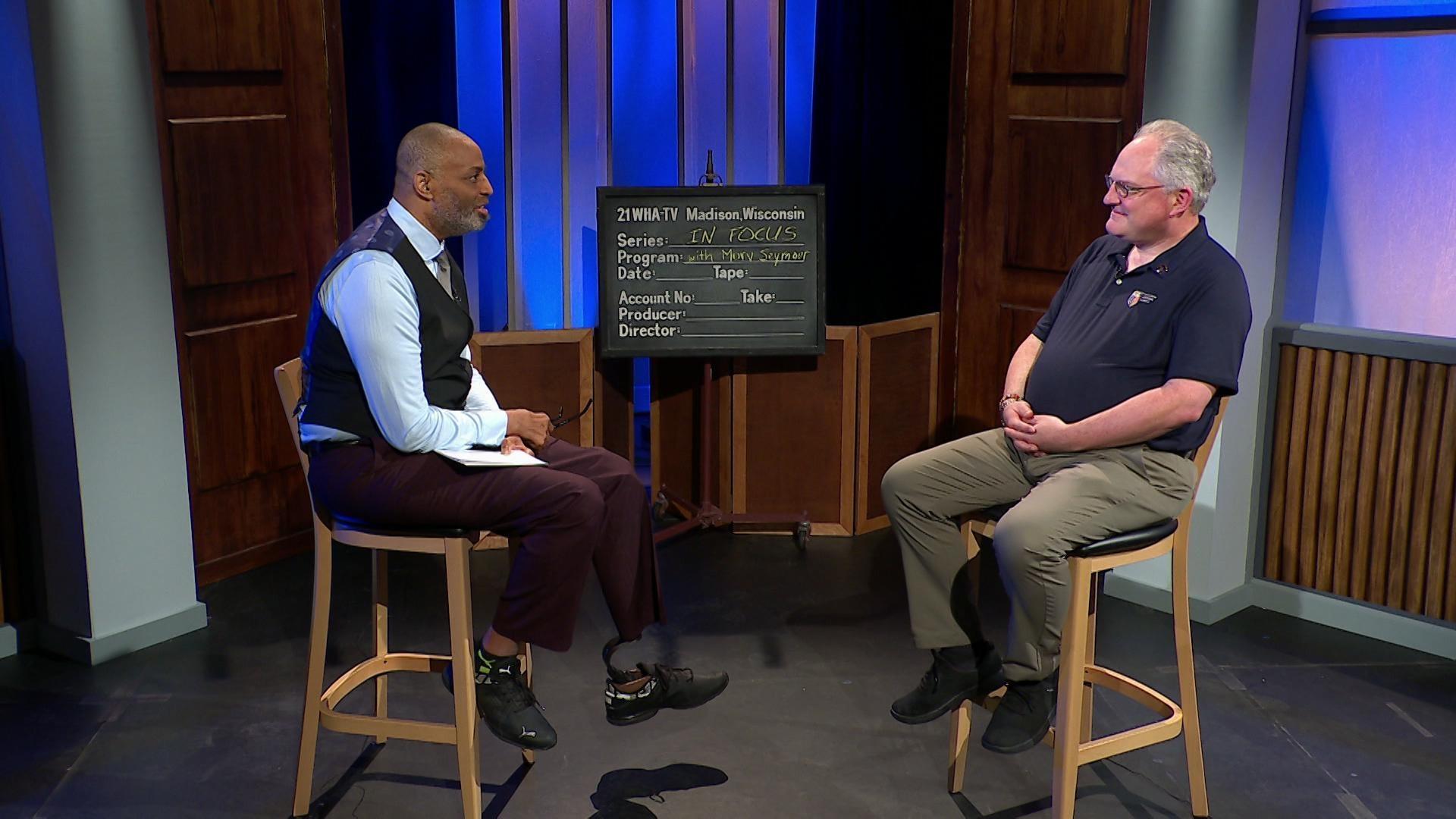
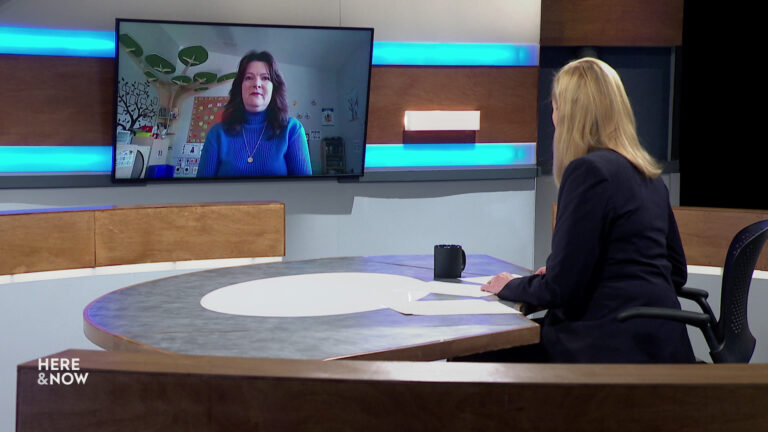
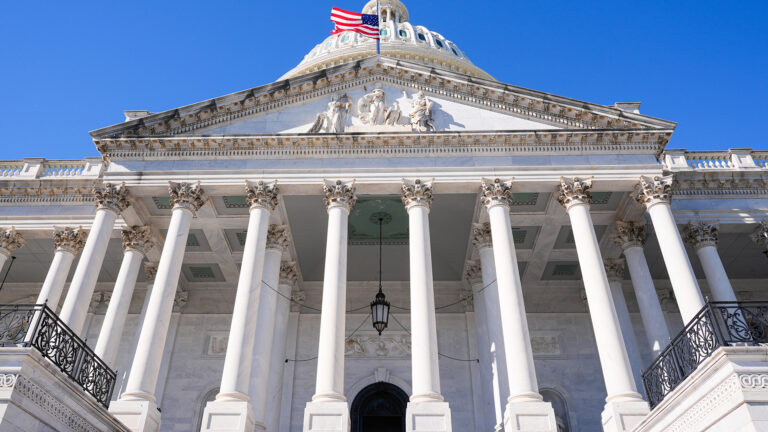
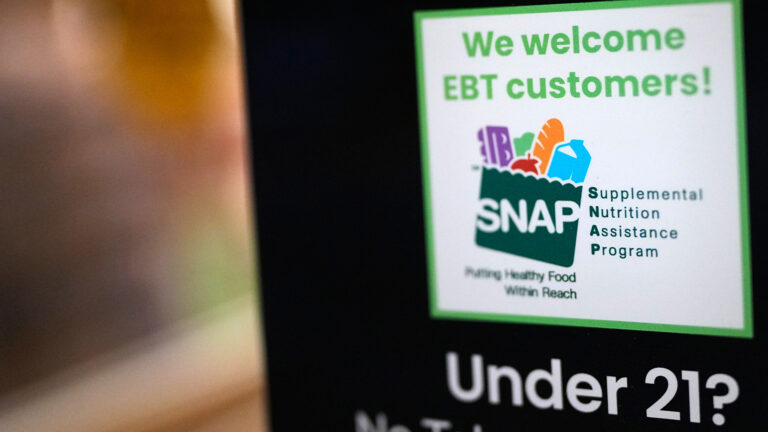

Follow Us